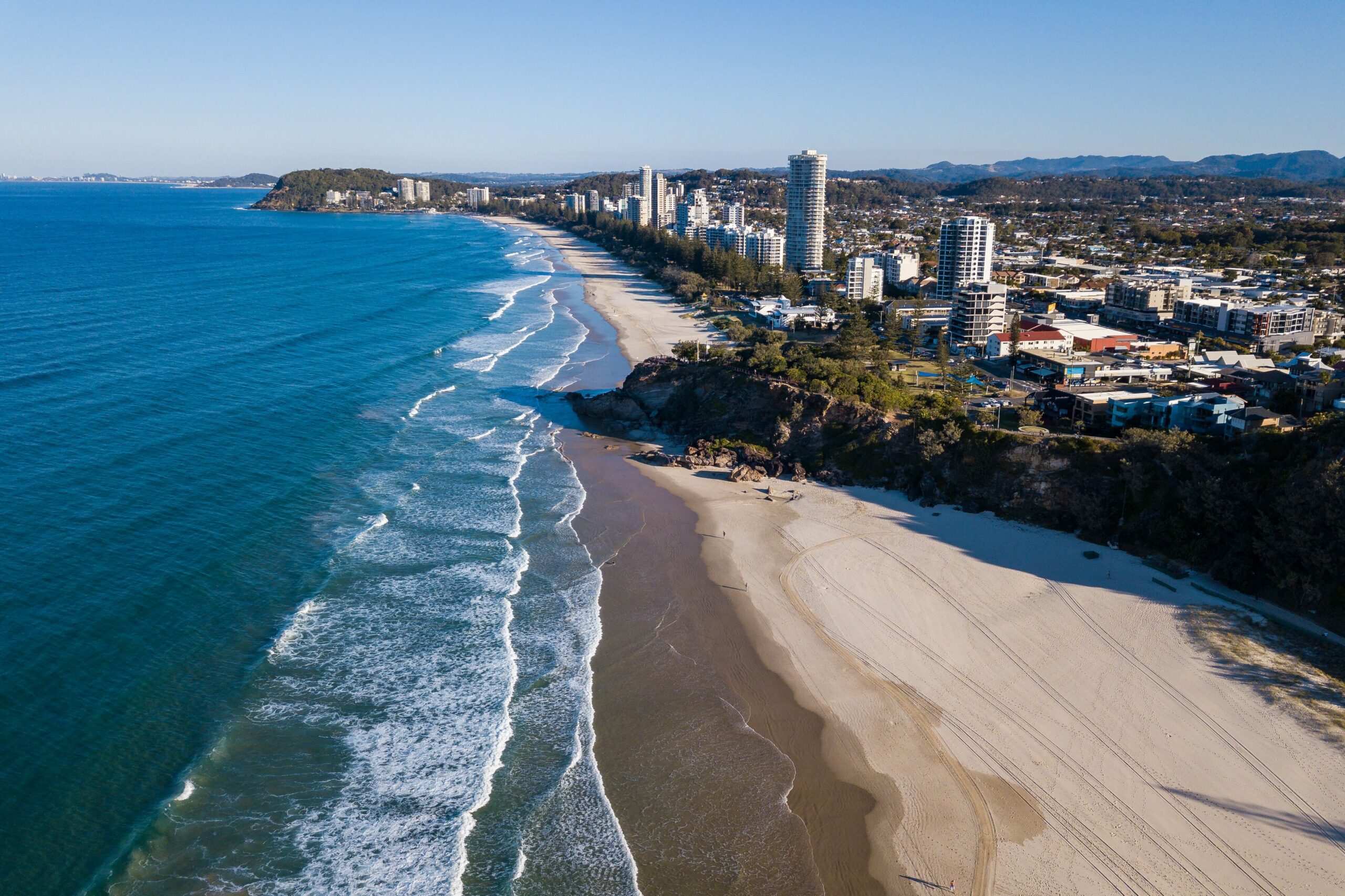Unpacking the potential implications of IP Australia’s proposed fee increases on the right option to choose for early patentability guidance in Australia.
Fee changes are being proposed by IP Australia for international type searches on Australian provisional patent applications and preliminary search and opinion on Australian complete patent applications. These proposals are part of IP Australia’s broader four-yearly review of how it is recovering its operating costs.[1]
The proposed changes would increase the fees for these two search types by around 25%.[2]
While the proposals may yet change based on the recently closed final round of consultation[3] before being accepted by the Australian Government, if increased as proposed, the new fee structure may have implications for when and how it may make sense to obtain patentability guidance from IP Australia.
This article builds on John Simpson’s previous article which explains in detail international-type search and preliminary search and opinion. This article aims to provide updated considerations on when and why you might choose to take advantage of each of the different search options offered by IP Australia for the purpose of obtaining early guidance on patentability.
Proposed fee structure
IP Australia conducts searching and issues patentability opinions through either:
- standard examination complete patent applications,
- international-type search on provisional applications, or
- preliminary search and opinion (PSO) on complete patent applications.[4]
The following table summarises the current and proposed fees, in Australian dollars, for each of these examination options.
| Examination option | Current cost | Proposed cost |
| Standard examination | $490 | $490 |
| International-type search | $950 | $1,200 |
| Preliminary search and opinion (PSO) | $950 | $1,200 |
A clear bias towards choosing standard examination?
If the proposed approximately 25% fee increases to international-type search and PSO go ahead while standard examination fees remain unchanged, the special searches will be nearing 2.5 times the cost of standard examination.
As the searching burdens are likely to be similar for IP Australia for each option, an arguable justification may be that standard examination is more likely to lead to later higher revenue-to-cost activities (such as particularly the payment of renewal fees). In any case, the scale of the difference appears hard to explain, and it provides increased financial incentive to utilise standard examination over the other search options.
However, the greater cost for international-type search and PSO may be justified, or even necessary, in some situations. The following sections summarise some key factors to consider, and how they each weigh on the choice of the three patent search options offered by IP Australia.
Other factors to consider
Timing
In the context of obtaining early patentability guidance, a non-expedited standard examination request may not be suitable. While speeds may vary depending on subject matter areas, IP Australia only aims to issue a first examination report within 12 months of an exam request.[5]
If circumstances allow a request for expedited examination, IP Australia will try to issue a first examination report inside 8 weeks. Where the requirements for expedition can be met, a standard examination may be suitable to provide early patentability guidance.
However, where the fastest turnaround time is needed, international-type search should be considered – IP Australia targets international-type searches for completion within 6 weeks of when they are requested.
Binding vs non-binding examination
A standard examination will result in a binding examination report with a response deadline, while international-type search and PSO will be non-binding and no response will be required.
A possible strategy to get the advantage of the lower fees of standard examination but delay the need to respond and obtain a fresh examination may be to allow the initial complete application to become abandoned and to file a subsequent complete application in Australia claiming priority to the first application. However, there are many related considerations and potential pitfalls with this approach, and advice should be sought before choosing to utilise it.
Ability to respond & amend
If it might be important to be able to respond to any issues raised, amend claims, and get further opinions – for example to quickly craft a likely patentable claim set – only standard examination will allow this.
While responses can be filed to a PSO, they will only be considered later under standard examination.
Examination standard
In different circumstances there may be an advantage in obtaining early patentability guidance to either under Australian patent law, or to the PCT standard.
Only international-type searching is conducted to the PCT standard, while both PSO and standard examination are conducted under Australian patent law.
Filing type
If your strategy involves filing a provisional application, then international-type search will be your only option for obtaining early patentability guidance. There may be many reasons to file a provisional application, such as to enable developments to be incorporated into a later complete application, or to delay the start of the 20-year patent term in Australia.
If your filing strategy allows for filing of a complete application, then you will be able to make use of either standard examination or PSO.
Publication & confidentiality
The search reports from both an international-type search and a PSO will remain unpublished and confidential, even in the case of a PSO where the complete application publishes. Conversely, a standard examination report will become publicly available after 18 months from the application’s priority date.
If you need your early patentability guidance to remain confidential, then you will need to pursue either international-type search on your provisional patent application or PSO on your complete patent application.
Conclusion
While this article has summarised some common considerations, other considerations may apply to your specific circumstances. To get advice about which option for early patentability guidance will be right for your situation, please contact one of our team.
[1] https://www.ipaustralia.gov.au/news-and-community/official-notices/Cost-recovery-implementation-statement
[2] https://www.ipaustralia.gov.au/news-and-community/official-notices/~/-/media/Project/IPA/IPAustralia/PDF/Official-notices/IP-Australia-Draft-CRIS-2024-25.pdf at page 24
[3] https://consultation.ipaustralia.gov.au/policy/fee-review-2023-2024-draft-cris/
[4] For simplicity and as the scheme is being phased out, searching and examination through certification of an innovation patent is not addressed in this article.
[5] https://www.ipaustralia.gov.au/about-us/our-customer-promise/timeliness





